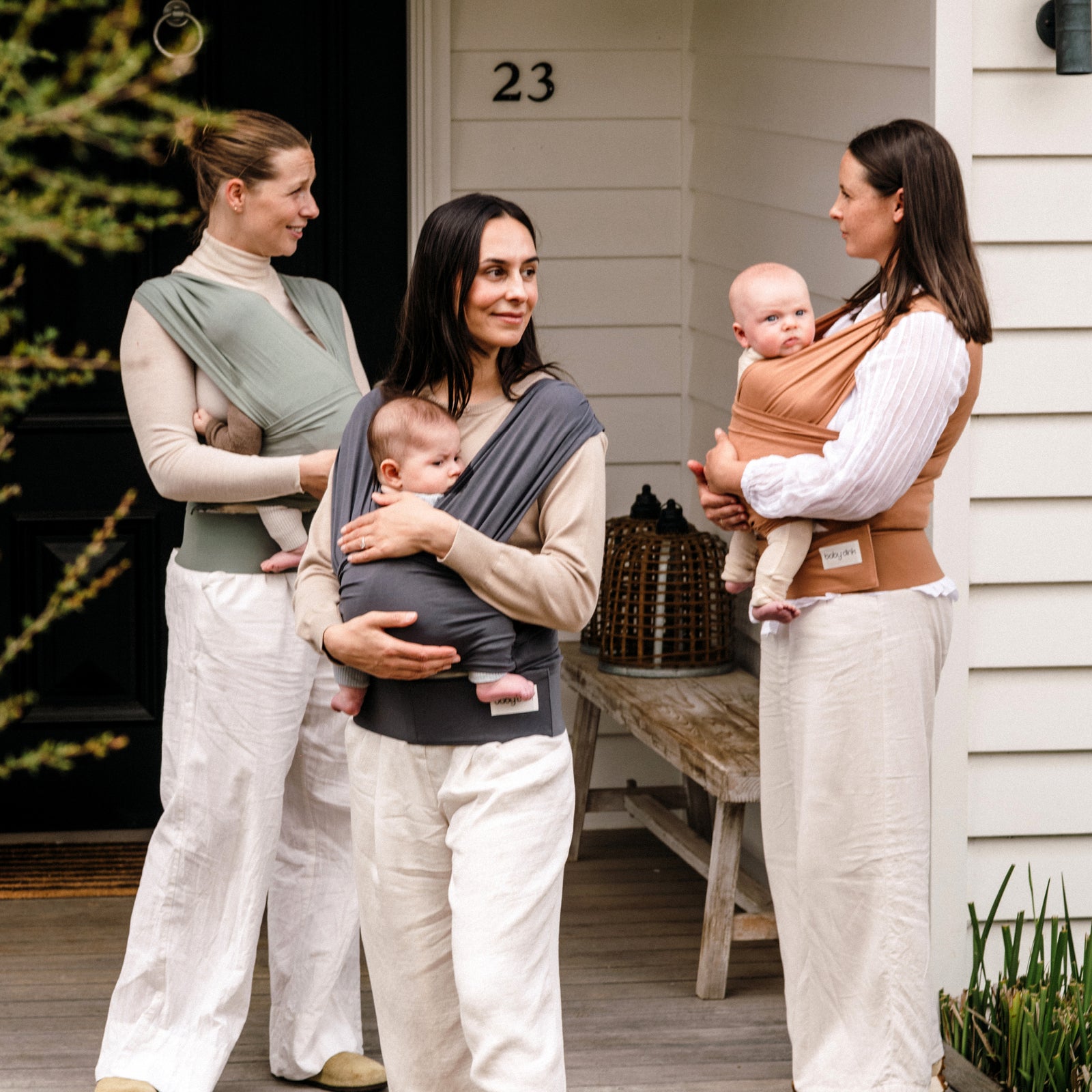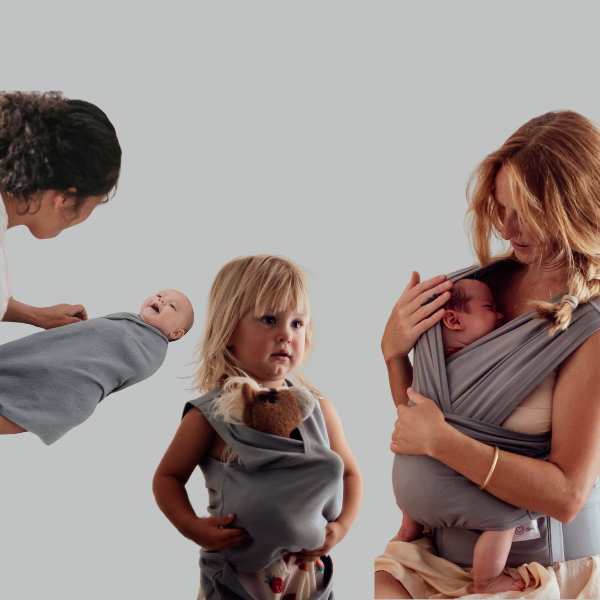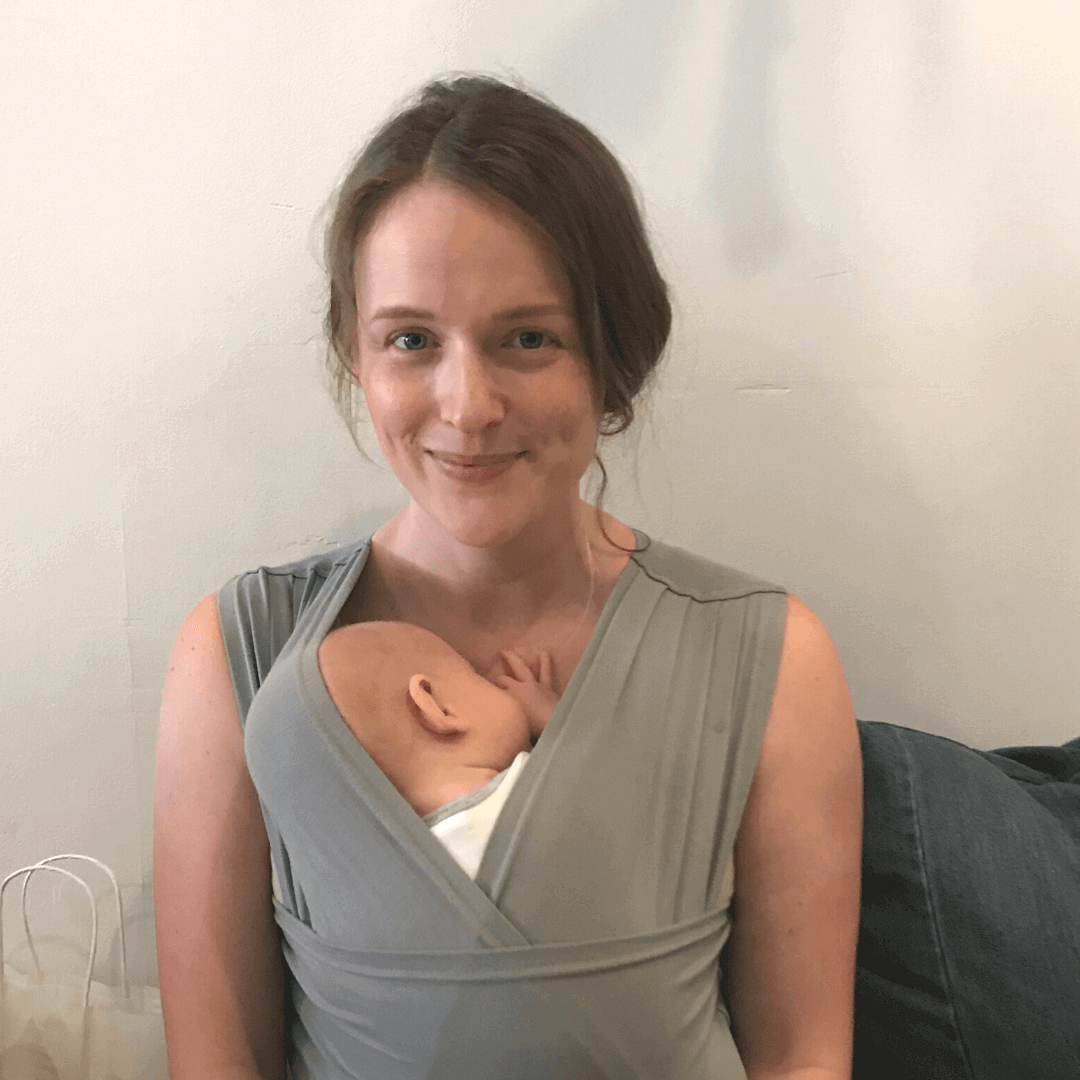Happy International BabyWearing Week!
Here at BabyDink Australia we adore an opportunity to shine even more magic light on the Benefits of BabyWearing.
This week, with an international focus we felt it timely to celebrate the ancient heritage of the enduring practice throughout the ages.
Originally created by Indigenous cultures, as many as half a million years ago, born of instinctive need to keep baby close, BabyWearing in the modern age continues to grow in popularity.
We humbly pay tribute to, and acknowledge BabyWearing as a culturally borrowed practice that has paved the way for current day caregivers to enjoy the many benefits of BabyWearing and for our very own product to exist.
It is so worthy of our pause and reflection for many reasons, one that we love is that anthropological studies show that BabyWearing across continents was and continues to be a shared part of the cultural story for all people.
And so it is in this spirit of unity that we explore BabyWearing across cultures and time.
For early humans, many of the motivating factors for design were similar to your considerations for the right product today. For example, the mothers role in the tribe or family and climate led to various interpretations.
Instinctively born of the need to transport babies, expending the least amount of energy. BabyWearing created the ability for mothers and caregivers to move around with babies on board.
It is so lovely to note, that some ancient cultures considered 'sacred objects'.
Doesn't BabyWearing just feel even more lovely?
In Australia - Aboriginal mothers used paperbark or a soft wood, shaped as a long shallow dish to make their baby carriers, sometimes referred to as a Coolamon which were usually placed at the hip to transport baby. These were elongated bark containers with pleated and tied ends (known in the Kimberley as anggam, and used as food and baby-carriers).

Aboriginal Australian woman standing with a young girl and carrying a baby in a Coolamon at Yuendumu, Northern Territory, 1958. [picture] / W. Pedersen
Note: BabyDink Australia acknowledges different words may have been used to describe tools used for carrying babies - as language and dialects varied across different areas of Australia
First Nation Cultures in Canada and Native American Inuit women used a their outer garment (parka) known as an Amuati to carry their babies. A cleverly integrated 'baby pouch' in the back of the parka made space for baby to be close to mother and protected from the elements with a large often fur lined hood covering babies head. Cradle boards were also used and many Navajo peoples used them from birth. Wrapping babies up and placing then on the boards and wearing them like a backpack.
Inuit woman (Wegaruk), with baby, Nome (?), Alaska. Date: 1905
Across Asia, fabric carriers are called a Mei Tai this style of carrier was developed in China and features a rectangular piece of fabric with a strap at each corner which is then ties around the wearer.

In Laos, Myanmar, Vietnam and Tibet the carrier is similar but called an Hmong. Traditionally Asian cultures use coloured fabrics, with beautifully hand embroidered details and sometimes beads.
The Rebozo is the name given to the hand woven shawl used by Indigenous people of Mexico and Guatemala to carry babies. A traditional scarf length up to 3 meters in total. Variations in texture, pattern, colour and weave is regional. The Rebozo is versatile, they carry goods or babies inside the cloth, or support pregnant women with special techniques during birth. It is often also worn as a shawl.
African tribes from the East to South used variations of fabric or cloth sling styles for securely carrying children and babies. In some parts of Kenya the material wrap is called a kanga, in other parts of the region, a pagne and in coastal areas a woven carrier is called a kikoy. The kanga wrap is made from two identical pieces of fabric being joined together. Sometimes an indentica pair is split between best friends - which highlights the connections symbolism of these objects. In this culture as with others, both women and men carry babies on their backs.

Image via Pinterest: Source Unknown
Uniquley in Indonesia, babies enjoy their first 3 months of life carried in the arms of loved ones. It is a widely held tradition. Once they reach that 12 week milestone, they are encourage to touch the ground and if carried they use fabric slings called selendary slings.
The modern interpretation and westernisation of the baby carrier is linked to an American woman named Ann Moore. After volunteering in the Peace Corp in Togo Africa - where she witnessed the local mothers using fabric to carry babies, she invented the first commercial Baby Carrier in the USA - called the Snugli in 1969. Moore is the first to acknowledge where her inspiration came from.
A trained nurse, Moore knew a thing or to about the instinctive need to bond with our babies and the benefits of BabyWearing to assist.
“Anything that we can do to get babies and parents closer together to contribute to trust and bonding is so important for emotional health,” Ann Moore.
 Ann Moore Inventor of Sungli wearing her baby carrier
Ann Moore Inventor of Sungli wearing her baby carrier
The 1980's saw the next stage of development of Baby Carriers in the West when in 1981 Rayner Gardener of Hawaii bought a ring sling to the market. A few years later in 1985 Dr William Sears and his wife Martha purchased the design rights of the ring sling and coined the term Babywearing, which they went on to trademark.
As with all useful products, Baby Carriers continue to evolve today. Encouraged by trends of modern parents expressing interest in attachment parenting and having the practical need, to keep baby close while doing other things. Just as Indigenous people did all those years ago.
The need to multi task while protecting our babies is universal and transcendent of time - we have the ingenuity of Indigenous cultures to thank for paving the way for current-day carers. We, like those before us - give birth to, then wear our babies.
There are many interesting variations of the Baby Carrier across cultures and time. We acknowledge that we haven't touched on all of them in this blog. We would welcome any further information from our community.
All the information provided is researched and presented in good conscious. If you would like to learn more we invite you to read more about this fascinating topic, the cultural evolution of BabyWearing and refer you to our source guide provided below.
Sources:
Websites
1. https://www.sapiens.org/culture/babywearing-culture-mainstream/
2. https://www.aboriginalculture.com.au/bags_baskets.html
3. https://marionrose.net/the-cultural-history-of-carrying-babies
4. https://www.aboriginalculture.com.au/bags_baskets.html
5. https://www.rotary.org/en/our-world-mother-invention
Books
1. Blaffer Hrdy, S. (2000) Mother Nature – Maternal instincts and the shaping of the species. Vintage, London.
2. Blois, M. (2005) Babywearing – the benefits and beauty of this ancient tradition. Pharmasoft Publishing, Texas.
3. Lawlor, R. (1991) Voices of the First Day. Awakening in the aboriginal dreamtime. Inner Traditions International Ltd., Vermont.
4. van Hout, I.C. (2015) Beloved Burden: Baby Carriers in Different Countries. Kit Publishers, Amsterdam.
Images
1. https://nla.gov.au/nla.obj-137932311/view Aboriginal Australian woman standing with a young girl and carrying a baby in a Coolamon at Yuendumu, Northern Territory, 1958. [picture] / W. Pedersen
2. Photo by glenbowmuseum on flickr Image No: ND-1-17 Title: Inuit woman (Wegaruk), with baby, Nome (?), Alaska. Date: 1905 Format of original: glass negative : b&w ; 5" x 7" Photographer/Illustrator: Lomen Brothers, Nome, Alaska Remarks: Studio portrait. Hair braided, and baby asleep on her back. Subject(s): Inuit - Children / Inuit - Clothing / Inuit - Personalities / Inuit - Women Order this photo from Glenbow: ww2.glenbow.org/search/archivesPhotosResults.aspx?XC=/sea... Search for 99,999 other historical photos at Glenbow: ww2.glenbow.org/search/archivesPhotosSearch.aspx
3. Image - www.almay.com
4. Image - www.pinterest.com
5. Image - https://magazine.uc.edu/issues/0810/moore.html








Leave a comment (all fields required)